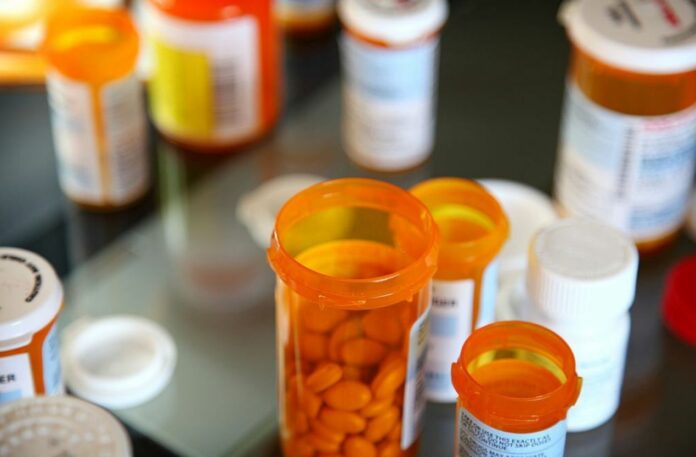Researchers at the Johns Hopkins Bloomberg School of Public Health conducted a new study revealing that, on average, the proportion of promotional spending devoted to consumer advertising was 14.3 percentage points higher for drugs with low added benefits compared to drugs with high added benefits.
The analysis also showed that most of the top-selling prescription drugs sold in 2020 (68 percent, or 92 of the 135 drugs that were looked at) were rated as having low added benefits. Currently, the United States does not compare the efficacy of prescription medications. The researchers made their rating categories based on how France and Canada rated the same prescription drugs sold in the U.S., but under different brand names.
The findings published in JAMA today sheds light on the intricate relationship between prescription drug advertising aimed at consumers and patient-clinician interactions. The US and New Zealand are the only nations that permit direct advertisement of prescription drugs to consumers, encompassing various forms such as digital, print, billboard, radio and TV advertisements.
Studies have shown that direct-to-consumer advertising (DTCA) can result in a higher number of patient requests for advertised drugs and a greater likelihood of them being prescribed. While patient inquiries can provide a chance to discuss treatment options, they may also place strain on clinicians and create friction or mistrust if the requests are not fulfilled.
The study results “suggest that shifting promotional dollars to direct-to-consumer advertising potentially reflects a strategy to drive patient demand for drugs that clinicians would be less likely to prescribe,” according to lead author Michael DiStefano. “When a consumer sees these advertisements on TV or social media, they should really question if it’s the best drug for them and have a conversation with their provider.”
Budgets for prescription medicine direct-to-consumer advertising have grown steadily since 1996, from $1.3 billion to $6 billion in 2016.
The research utilized IQVIA databases that provide national sales and promotional expenditure data for pharmaceuticals. The analysis was based on 134 of the top 150 best-selling prescription drugs in 2020, accounting for 60 percent of total drug sales in the US. The study excluded 16 drugs with missing data. The calculation of the percentage of total promotional spending devoted to DTCA was carried out for each drug.
For added benefit, France has five possible ratings: major, important, moderate, minor, and none. Canada uses four types: breakthrough, substantial, moderate, and slight or none. Clinical research is the foundation for the ratings. The researchers combined the top three ratings from France and Canada into “high added benefit” and the other ratings into “low added benefit” for their rating categories. Both nations base pricing decisions on their ratings.
The analysis employed France’s ratings for 108 drugs and, in the absence of French ratings, utilized Canada’s ratings for 26 drugs.
The researchers looked at information on the health condition being treated, the medication’s administration method, the availability of a generic alternative, the year of FDA approval, Medicare spending per beneficiary, and other drug characteristics in addition to promotional spending and added clinical benefits.
According to the analysis, the median promotional expenditure per medicine in the study group in 2020—including spending on advertising to patients and medical professionals—was $20.9 million. 13.5 percent of marketing expenditures were spent on direct-to-consumer advertising, on average, for each medicine.
The amount of money spent on direct-to-consumer advertising varied greatly across the prescription medications examined for the study, according to the researchers. Six of the top-selling medications’ producers targeted consumers rather than physicians with more than 90 percent of their advertising expenditure. These medications include alternatives for treating HIV, multiple sclerosis, breast cancer, motor neuropathy, and other malignancies. Drugs for the digestive system and metabolism made up a substantially smaller portion of all promotional expenditure on direct-to-consumer advertising.
The authors acknowledge the limitations of the study which include its examination of a single year and the lack of consideration for certain promotional elements such as patient coupons and other incentives. Additionally, France and Canada’s rating systems may exhibit varying value judgments.
“This comes down to a consumer issue, not necessarily a policy issue,” remarks senior author Gerard Anderson. “Another consideration is the U.S. doesn’t currently rate prescription drugs. Imagine if the drug ads you saw on TV were required to tell you how well the drug performed against alternative drugs for the same disease. That might change how interested you would be in the drug.”
Source: 10.1001/jama.2022.23968
Image Credit: Getty
